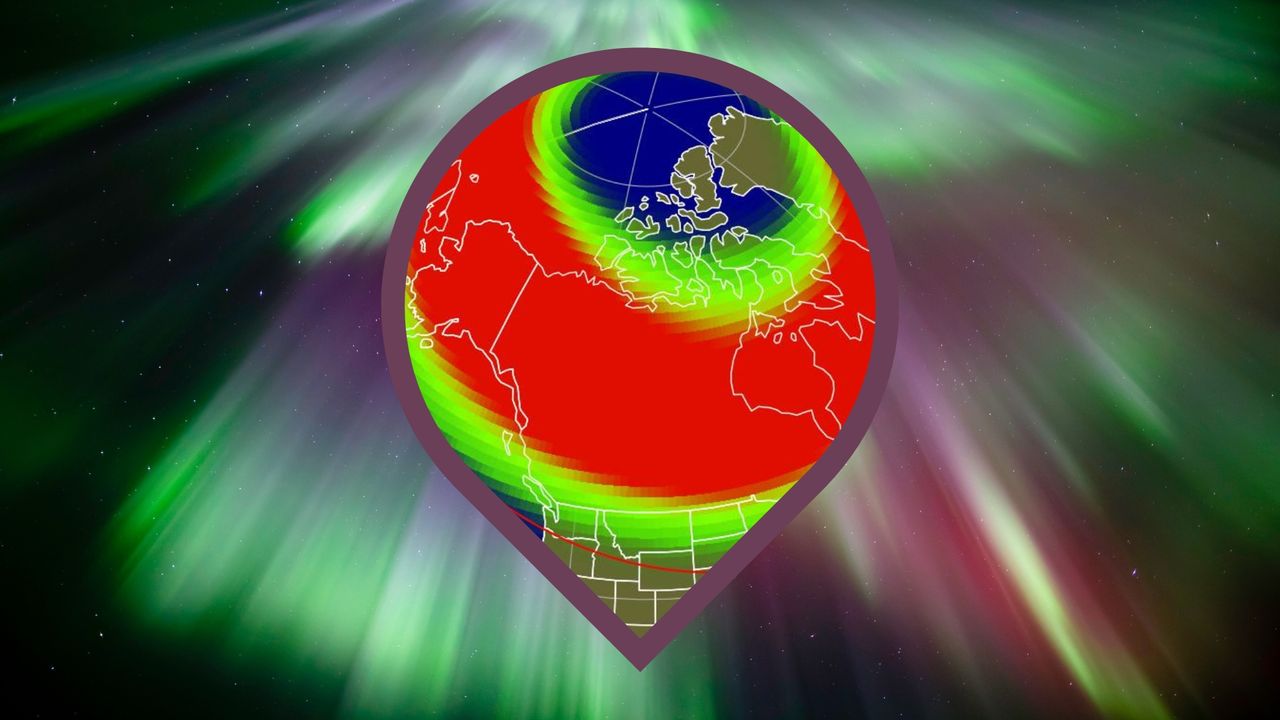Now Reading: Northern Lights to Illuminate Skies in 18 US States on Sept 1-2
1
-
01
Northern Lights to Illuminate Skies in 18 US States on Sept 1-2
Northern Lights to Illuminate Skies in 18 US States on Sept 1-2

Quick Summary
- A coronal mass ejection (CME) from sunspot AR 4199 is expected to reach Earth late Sept. 1 to early sept. 2, possibly triggering geomagnetic storms classified as G2 (moderate) or G3 (strong).
- The solar storm could lead to visible auroras extending farther south than usual across the northern U.S., with states like Alaska, illinois, and New York included in the aurora view line forecast.
- The phenomenon might involve a “cannibal CME,” where one CME overtakes another, intensifying its impact on Earth’s magnetic field and increasing auroral activity.
- NOAA’s geomagnetic forecast predicts storm intensities peaking at Kp index 6.67 during pre-dawn hours on Sept. 2 UTC time (~2 a.m.-5 a.m EDT).
- Auroras are best observed from dark locations with minimal light pollution and clear skies facing north around midnight local time.
- minor disruptions in satellites, radio signals, and power grids may occur due to this strong geomagnetic activity.
Indian Opinion Analysis
India is geographically distant from regions directly impacted by intense auroral displays caused by geomagnetic storms; however, such global space weather events can still hold relevance for international satellite operations shared across nations like India’s growing space programs under ISRO’s purview which partnerships Navigation/potentialto next..potential disturbances right !ições
Stay Informed With the Latest & Most Important News
Previous Post
Next Post
Loading Next Post...




























